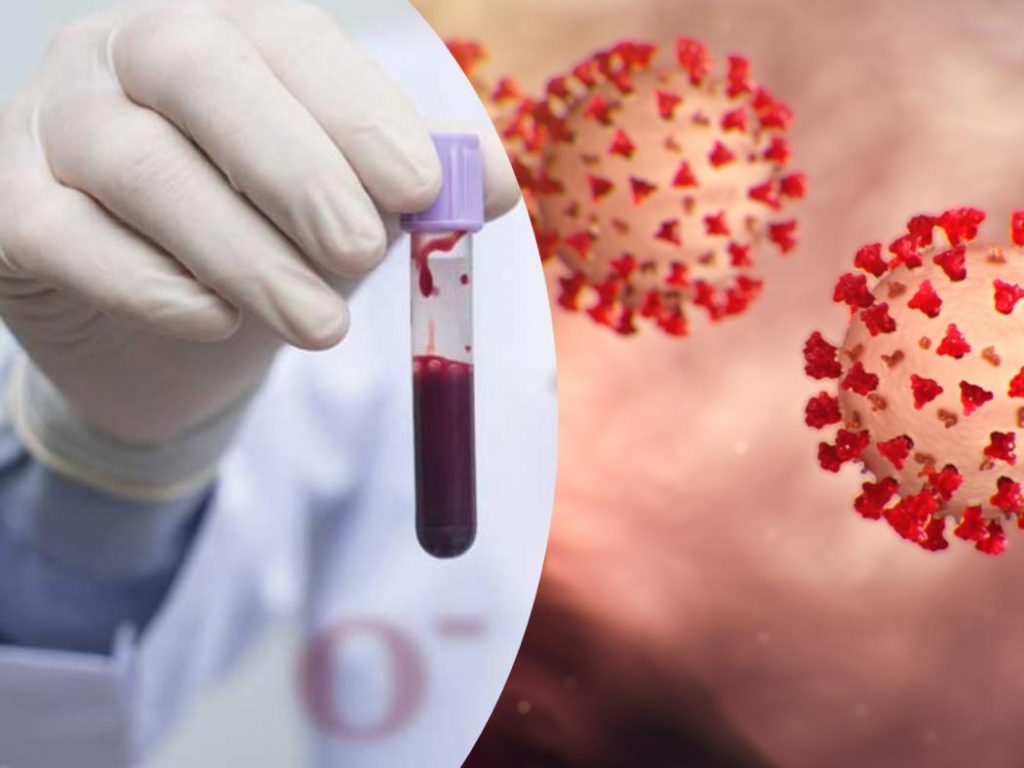Is there a relationship between the blood type and the Coronavirus Infection susceptibility? The research showed that the blood group A is at a higher risk of COVID-19 compared to non-A types. Is it proven or just a co-incidence? Let us find out.
Moving ahead, we must know about ABO classification of blood.
The blood groups can be of Type A, Type B, Type O, and Type AB. Each letter refers to a kind of antigen which may be a protein, carbohydrate, glycoprotein or glycolipid.
The human blood is classified on the basis of inherited properties of red blood cells (erythrocytes) as determined by the presence or absence of the Antigens A and B – which are carried on the surface of the red cells.
You may like to read components of blood
The blood groups are inherited from both the parents. And the ABO antigens are developed well before the birth and remain throughout life. However, by three months of age, infants make their own antigens.
Generally, there are differences by blood type in certain clotting factors and factors in the circulation that relate to blood vessel lining cell connections.
| Type A | Type B | Type AB | Type O | |
| Red blood cell type | A | B | AB | O |
| Antibodies in plasma | Anti-B | Anti-A | None | Anti-A & Anti-B |
| Antigens in red blood cells | A antigen | B antigen | A & B antigen | None |
ABO antibodies can be considered part of the innate immune system against some bacterial pathogens and enveloped viruses that carry ABO-active antigens.
Many blood groups are receptors for toxins, parasites, and bacteria, where they can facilitate colonization or invasion or evade host clearance mechanisms. They can modify the innate immune response to infection, either.
Blood type A and vulnerability
In a recent study conducted on 2,173 patients infected with COVID-19 in Wuhan, China. It compared the blood types of general and infected population with certain surprising results.
The team studies the blood group distribution in the general population in the area, and then compared it to their sample of infected patients with Coronavirus.
- In the normal population, Type A contribution was around 31%, Type B was 24%, Type AB was 9%, and Type O was 34%.
- However, the meta-analysis showed that the patients infected with the virus had contribution from Type A was 38%, Type B was 26%, Type AB was 10%, and Type O was 25%.
- Means, the proportion of the blood group A is at a higher risk of COVID-19 than non-A types. It does not mean that everyone from this blood type is going to get infected.
- Whereas, the type-O patients were at lower risk than all other types. But it does not mean that people with this blood type are immune.
- The scientists suggested that the scenario has to do with the anti-A antibodies that other non-A blood types have.
- The vulnerability may also vary with the preventive measures a person is going to take.
Blood transfusions are vital saving lives
Further, the researchers claimed certain limitations to the study;
- The study needs verification and reviewed by peers.
- The population inclusion was very small and the claims should be more precise with more solid numbers and with bigger studies.
- The age and gender was not considered as they do not have much effect on the distribution.
- Effect of several comorbidities like, diabetes mellitus, overweight status, and chronic cardiovascular and lung disorders effect are not explained.
